MAMbo in Bologna pays tribute to the insight of Francesco Arcangeli, a visionary critic
On the 50th anniversary of the death of Francesco Arcangeli (Bologna, 1915 - 1974), MAMbo - Museo d’Arte Moderna di Bologna, in collaboration with the Pinacoteca Nazionale di Bologna and Museo Morandi, pays tribute to the great art critic and historian with the exhibition Tramando. Francesco Arcangeli’s acquisitions for the Galleria d’Arte Moderna di Bologna. Curated by Uliana Zanetti with Lorenza Selleri, the exhibition is hosted in MAMbo’s Project Room from November 1, 2024 to January 6, 2025. The exhibition presents a selection of about sixty works, purchased by the City of Bologna at Arcangeli’s suggestion or approval between 1949 and 1968, the period during which he served as director of the Municipal Gallery of Modern Art. The works reflect Arcangeli’s historical-critical thinking, which aimed to build a broad and representative collection of contemporary art, capable of exploring even the most complex and lesser-known trends.
The exhibition is intended as a re-enactment of Arcangeli’s museological project, characterized by a unique historical and critical perspective that guided his acquisition choices. While the scholar intended to give a comprehensive and unbiased view of contemporary art locally and internationally, there is no shortage of traces of his personal inclinations in the selected works. Arcangeli had forged strong ties with artists and critics, some of whom figure as pillars of his artistic thought and collection.
Arcangeli was a great advocate of an art-historical path “from Romanticism to Informalism,” as Claudio Spadoni also demonstrated in 2006 with an exhibition in Ravenna. That path is ideally completed in today’s exhibition, which testifies to the “real museum” that Arcangeli managed to build, albeit with limited resources. Through major national exhibitions, such as the Venice Biennale and the Quadriennale in Rome, the scholar traced a path consistent with his vision, free of rigid preclusions but attentive to a certain art-historical approach. An approach that he summarized in the series of university lectures of 1970-1971, entitled precisely “From Romanticism to Informalism” and later published posthumously.
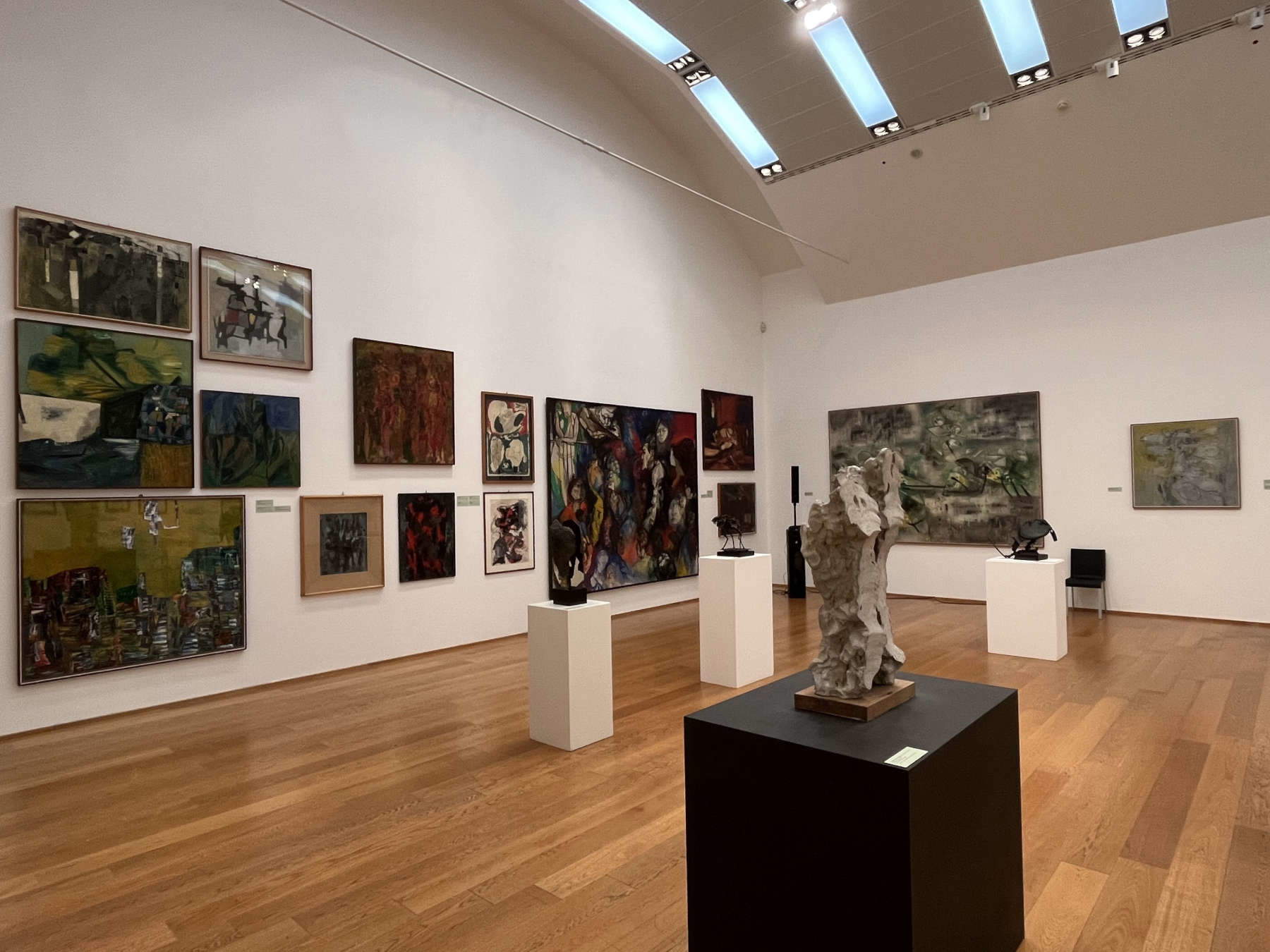
The layout is designed as a picture gallery, to offer an overview of the quality and variety of Arcangeli’s acquisitions. The selection begins with a Romantic landscape, hypothetically attributable to Théodore Géricault, and then moves on to works by Giovanni Dupré and Luigi Bertelli. This is followed by post-impressionist paintings by Carlo Corsi, Jugendstil forms by Gustav Klimt, and a futurist view by Athos Casarini. Prominent among the works on display are a Kleeian-inspired painting by Fritz Winter and a number of canvases by Virgilio Guidi, Vasco Bendini and Sergio Romiti, with luminous and rarefied atmospheres.
The path culminates in a large group of informal works, the artistic current that Arcangeli described as “last naturalism” in some of his most famous essays. These include The Last Naturalists (1954) and A Not Unlikely Situation (1956), published in “Paragone.” Informalism is represented in the exhibition by artists such as Alberto Burri, Antoni Tàpies and Emilio Scanavino, alongside the “padani” Pompilio Mandelli, Mattia Moreni and Ennio Morlotti, linked to the idea of an “art of the north,” a concept dear to Arcangeli’s affinity for the fusion of man and nature.
Among the most recent works on the itinerary, those by artists active in the 1960s, such as Getulio Alviani, Enrico Castellani, Gianni Colombo and Lucio Saffaro, stand out, expressing new research in a period of great experimentation. The exhibition also devotes a section to the relationship between Arcangeli and Giorgio Morandi, to whom the scholar was linked since the 1930s. Among the works on display are five etchings by Morandi, acquired in 1961, and three other drawings by the Bolognese master, purchased from Galleria La Medusa in Rome in 1965.
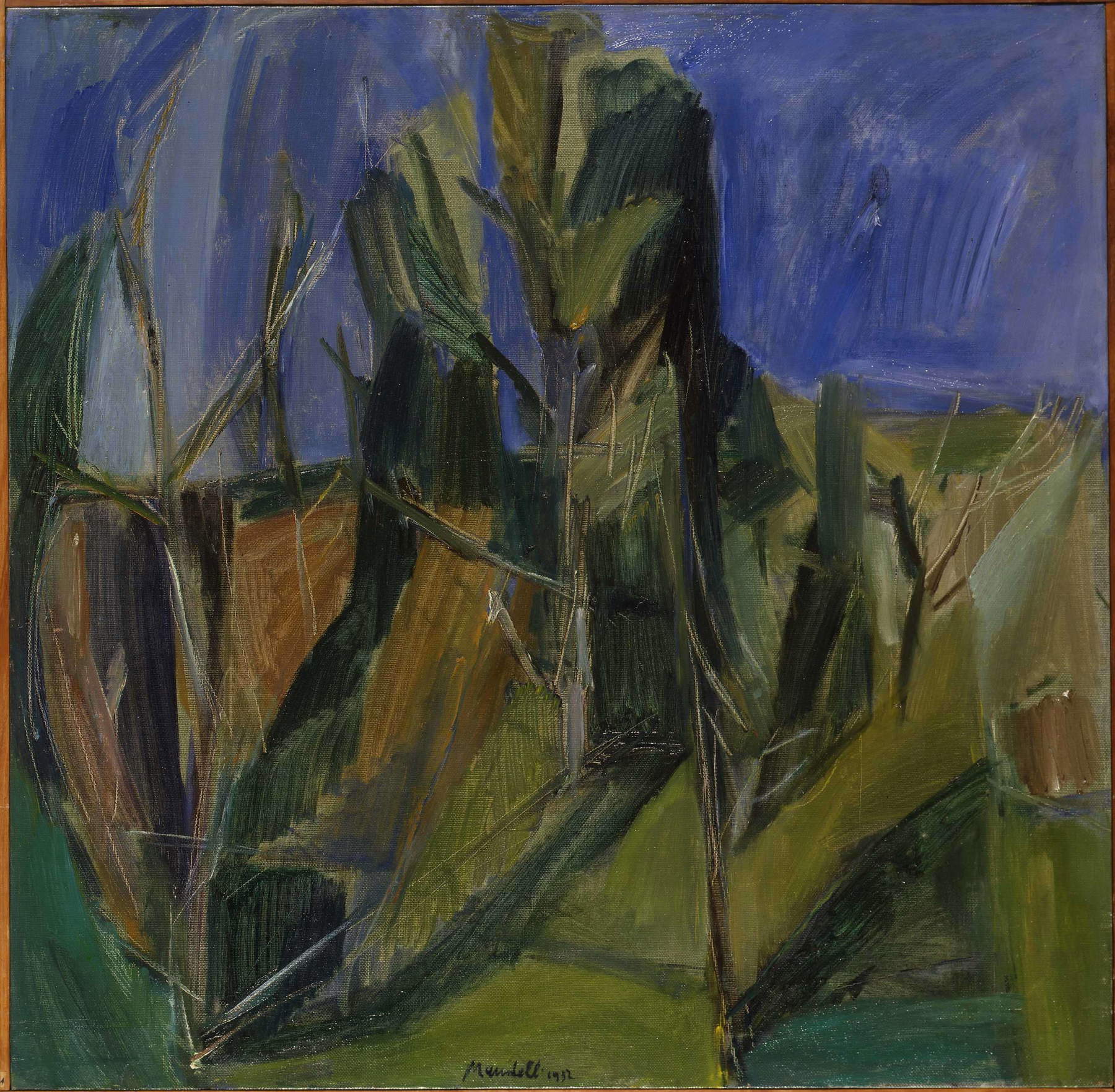
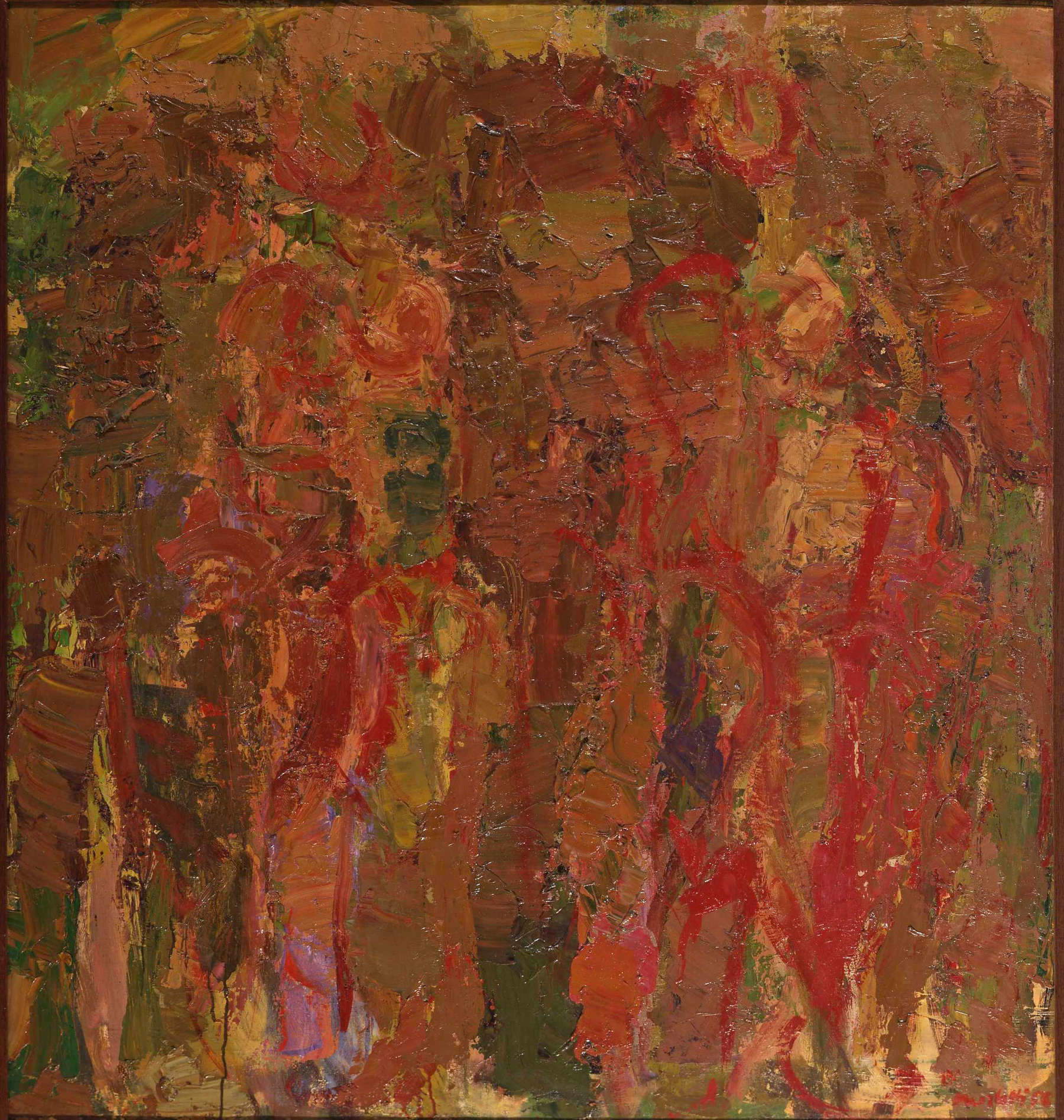
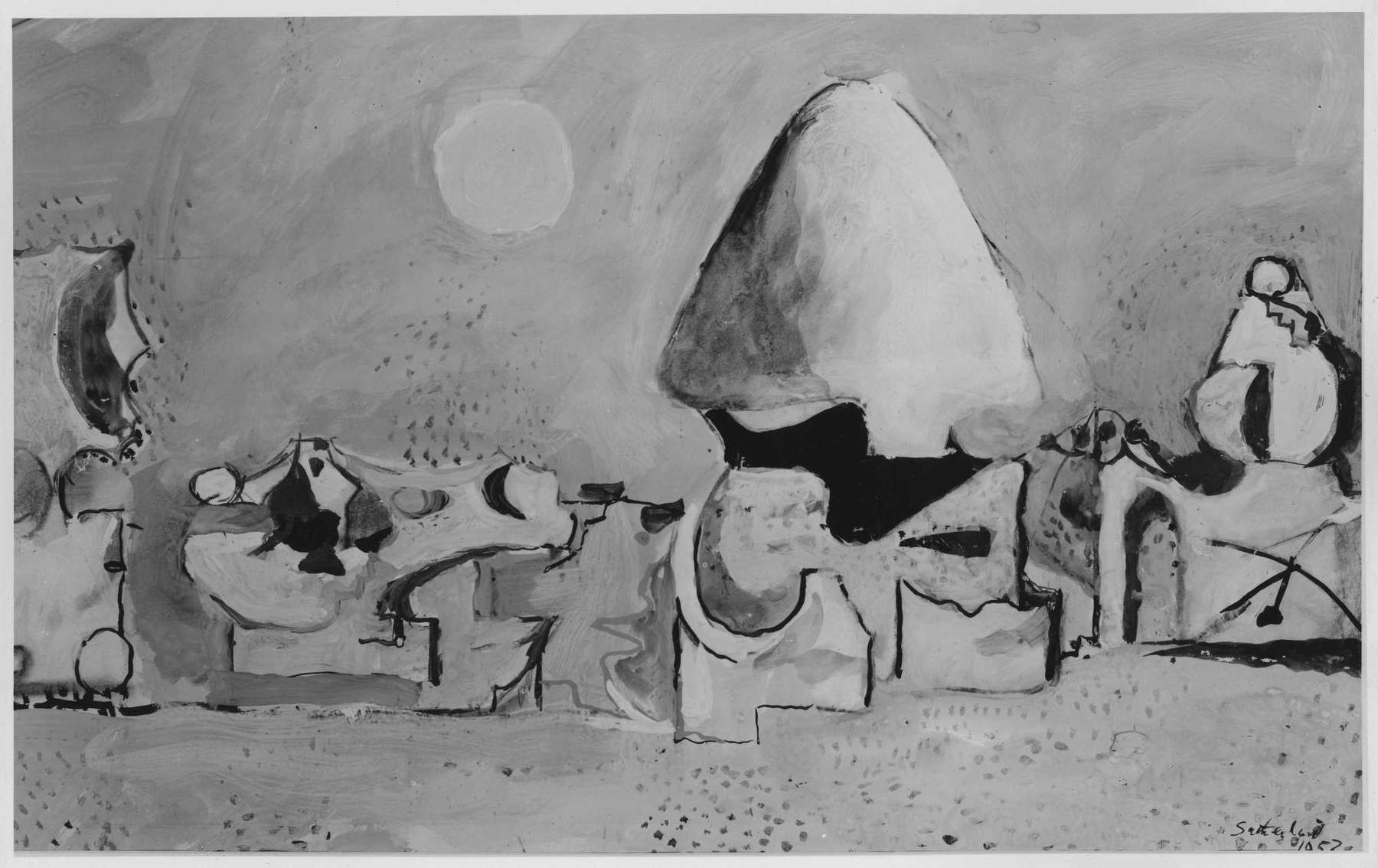
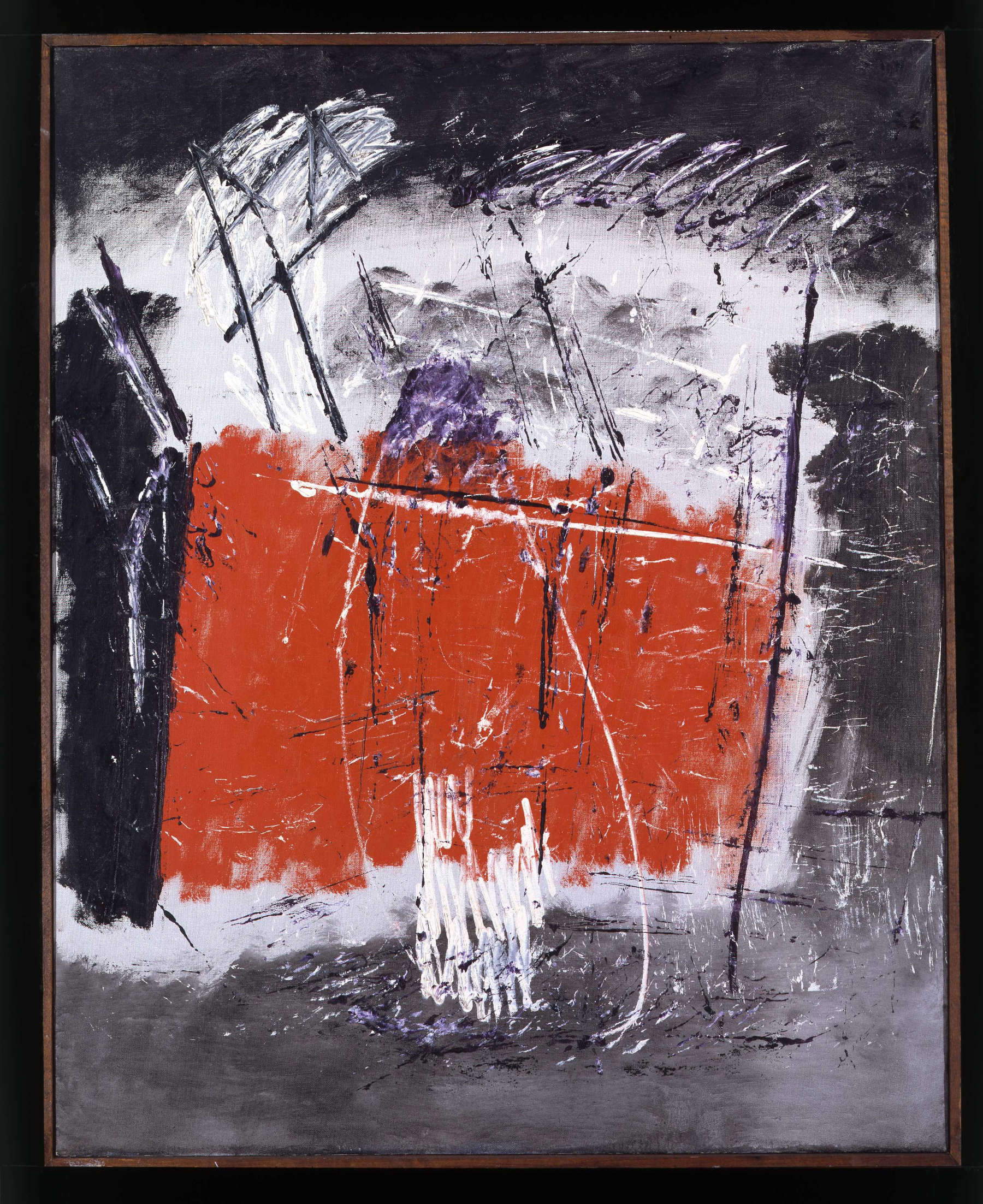
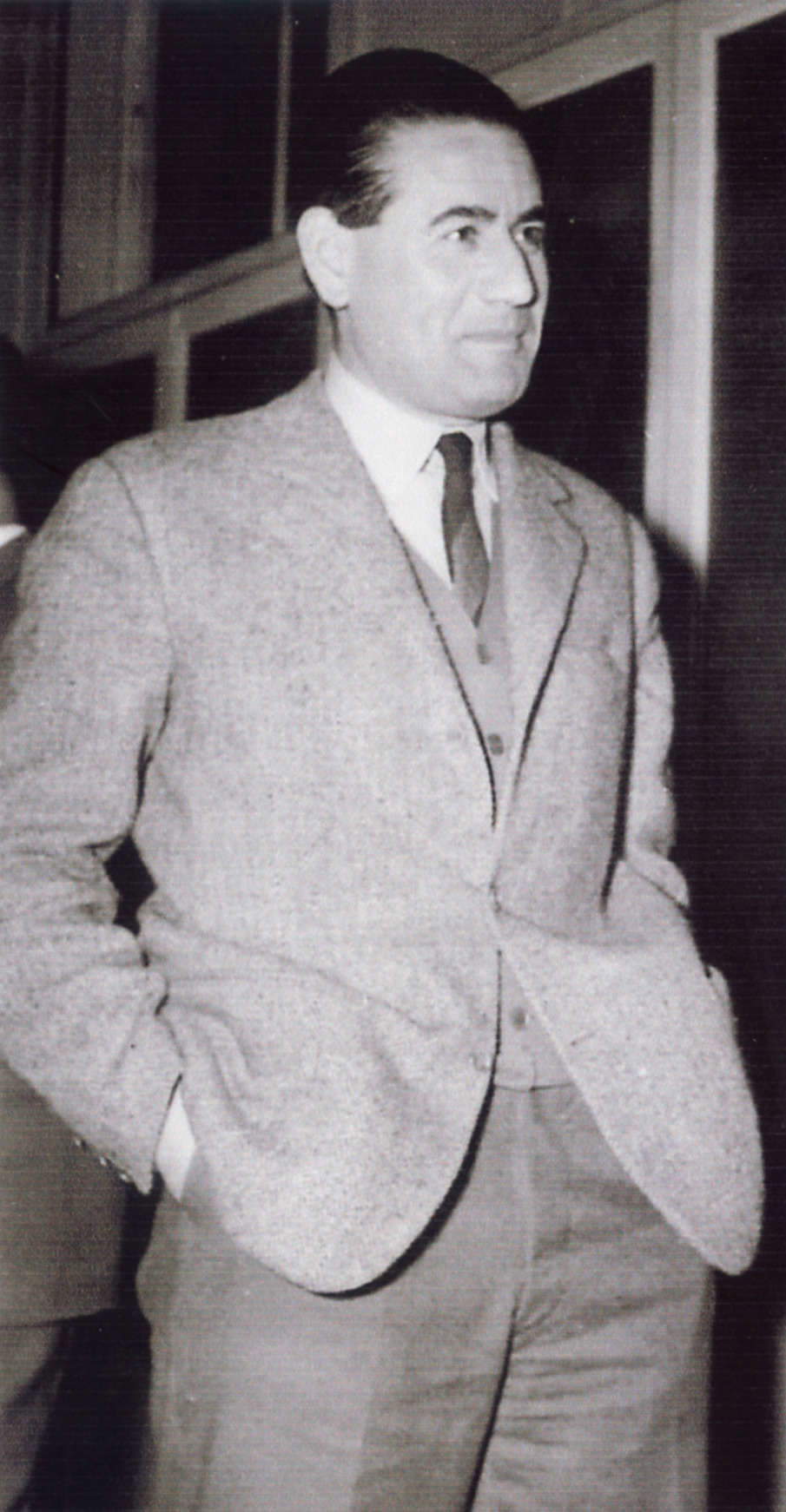
The exhibition is enriched by a Public Program that includes two events: a multimedia reading by actor Saverio Mazzoni, entitled Francesco Arcangeli narrates Giorgio Morandi. The Man and the Artist, scheduled for Thursday, Dec. 12, at the Morandi Museum; and the initiative The Curator is Present, in which curator Uliana Zanetti will meet with museum visitors every Thursday from Nov. 28 to Dec. 19, 2024, to explore the themes of the exhibition.
Many of the works in the exhibition, which have not been on display for decades, have undergone meticulous restoration for the occasion. The exhibition closes with a selection of black-and-white photographs depicting works stolen in 1987, including works by Osvaldo Licini, Jean-François Millet, Jackson Pollock and Wols. Although deemed “minor,” these works reflect some of Arcangeli’s core ideas, offering the public a comprehensive view of his museum project.
 |
| MAMbo in Bologna pays tribute to the insight of Francesco Arcangeli, a visionary critic |
Warning: the translation into English of the original Italian article was created using automatic tools. We undertake to review all articles, but we do not guarantee the total absence of inaccuracies in the translation due to the program. You can find the original by clicking on the ITA button. If you find any mistake,please contact us.




























